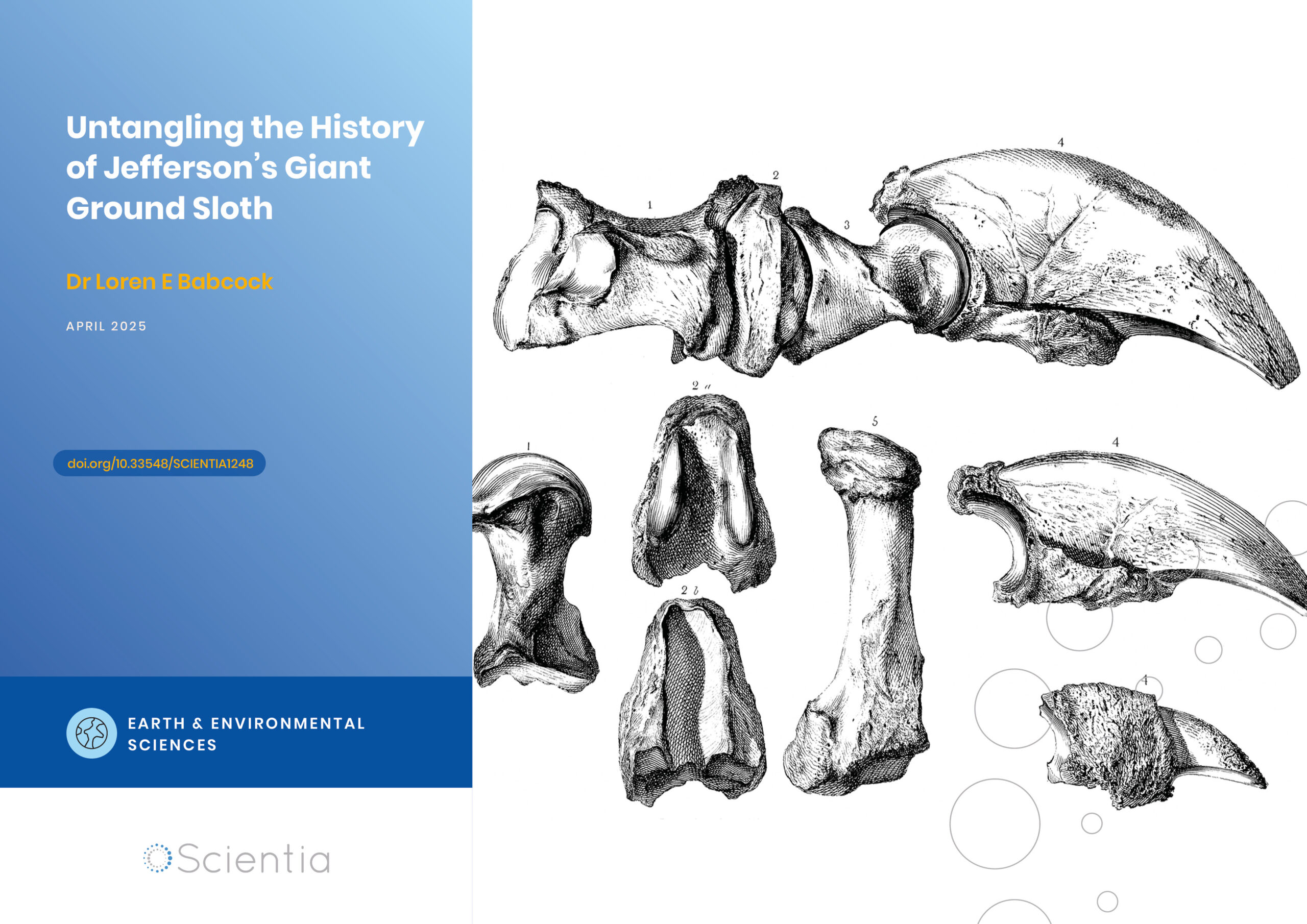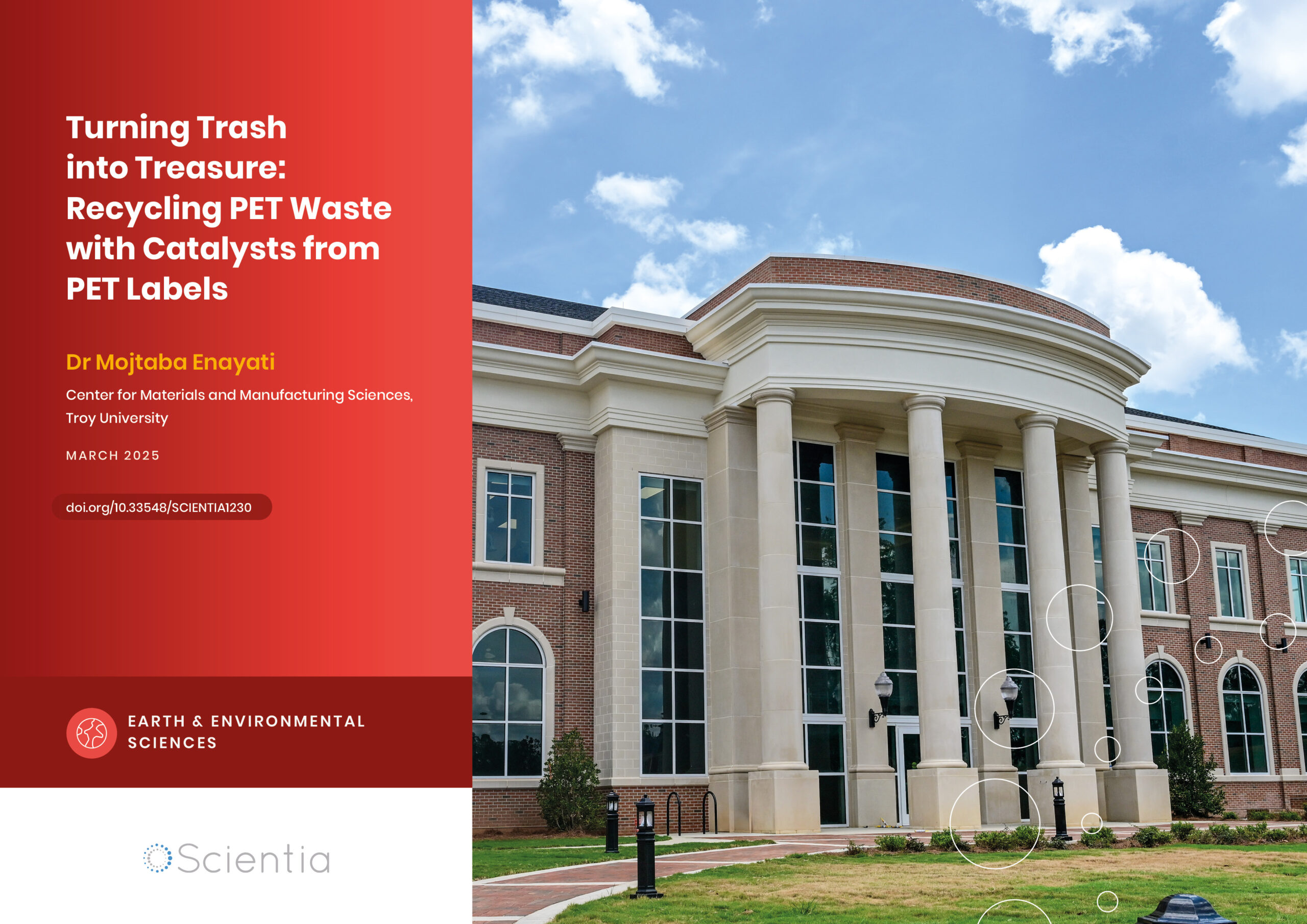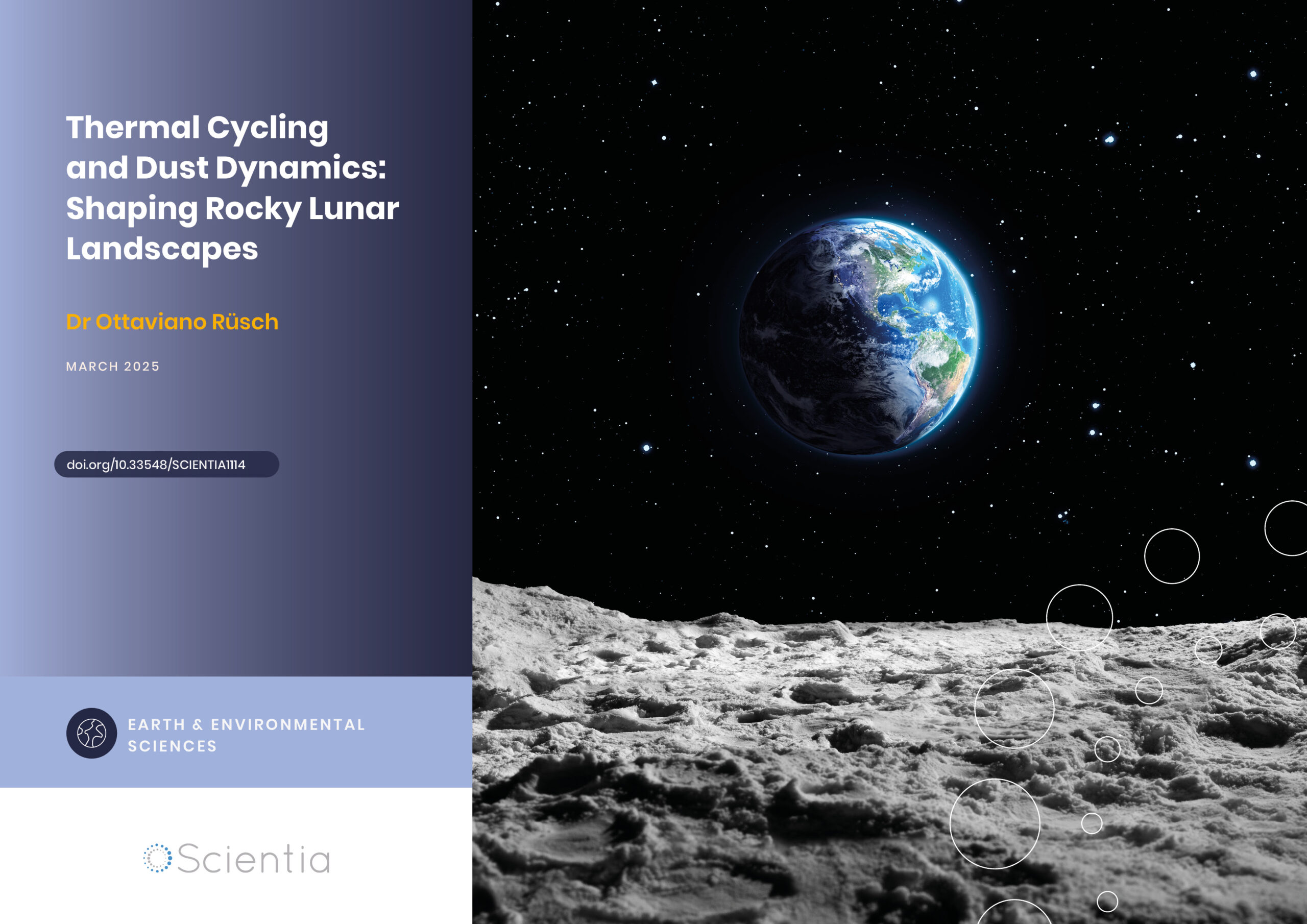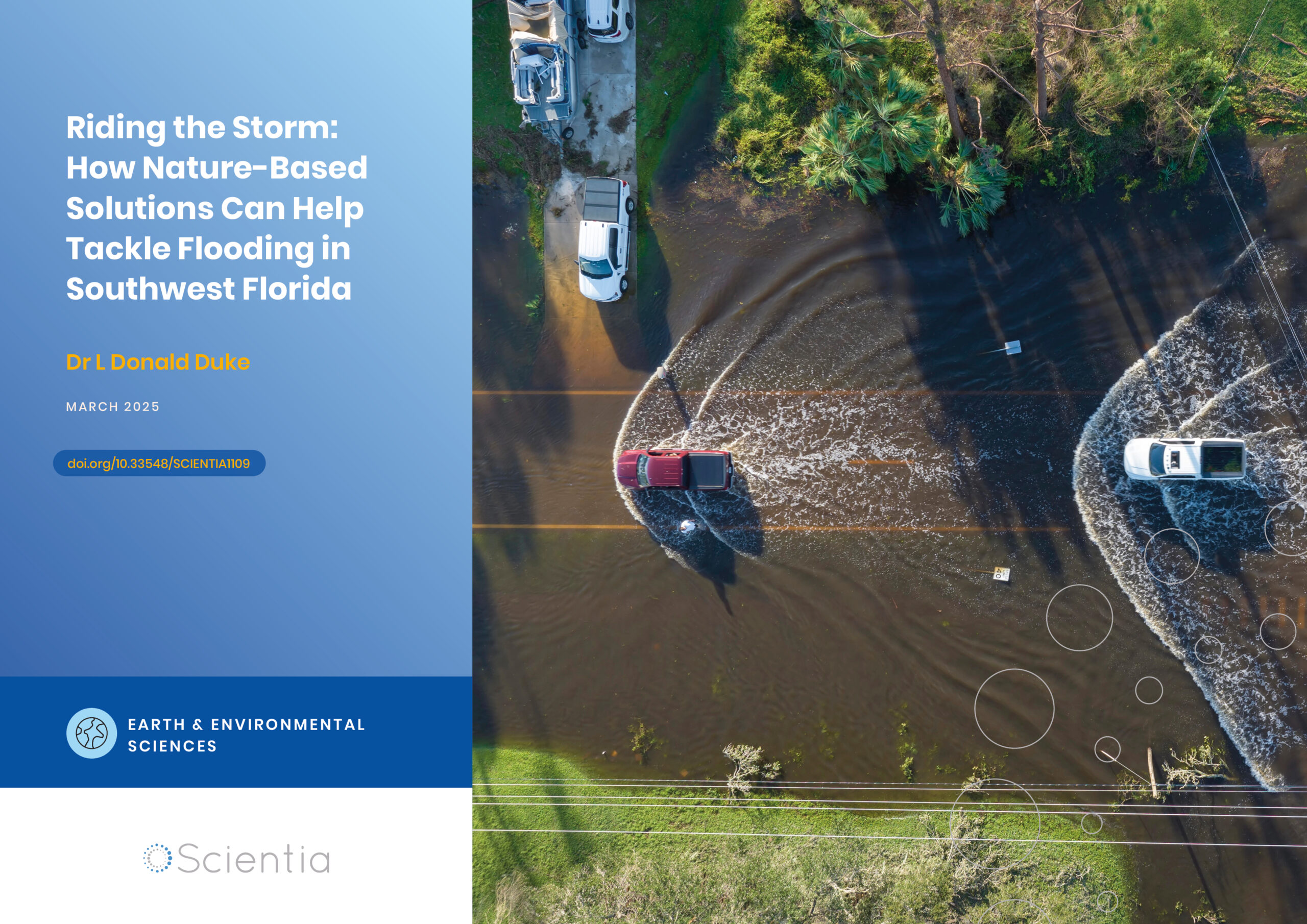Dr Caroline Bouchard | Why Understanding How Climate Change Impacts Arctic Cod Populations Matters
Our polar seas are particularly vulnerable to climate change, and melting ice and increasing temperatures could have a devastating impact on the endemic biodiversity of the region. One of the most abundant species in the Arctic Ocean is the Arctic cod (Boreogadus saida, also called polar cod), making it an ideal candidate to study the effects of climate change on prey fish populations, and the impact this will have on wider marine ecosystems. This is the focus of important research from Dr Caroline Bouchard at the Greenland Climate Research Centre and her collaborators.
Arctic Ecosystems and Forage Fish
The Arctic may not be the first place that springs to mind when thinking about prolific and diverse species of animals. Nonetheless, the cold waters of the Arctic Sea play host to large and varied populations of fish and other marine animals. One of the indicators for the health of a marine ecosystem is the population of forage fish. Forage fish are species that consume small marine organisms such as copepods and krill and are, in turn, food for predatory fish, seabirds, and marine mammals. As such, they are important for the transfer of energy and nutrients up the food chain.
The most common forage fish in Arctic waters is Arctic cod. Arctic cod has a circumpolar distribution, occurring essentially everywhere there is seasonal or multiyear sea ice. The Arctic cod population is, therefore, a good indicator of how climate change affects other species and how the ecosystem might respond to changing conditions.
To get a good picture of the impact climate change will have on a species, researchers must take a broad look at the locations the species is found in at different stages of its lifecycle. Dr Caroline Bouchard at the Greenland Climate Research Centre and her colleagues are working to understand how climate change affects the different habitats around the Arctic, and how changes in those habitats will affect future Arctic cod populations.
Arctic Cod in Hot Water
Together with an international team of Arctic cod experts, Dr Bouchard recently published a review of the effects of climate change on Arctic cod. The review divides the life cycle of the species into five distinct stages. Each stage has distinct preferences in habitat and food sources, which results in different vulnerabilities and strengths when exposed to changing conditions.
In the first stage of the cycle, we have eggs. Arctic cod spawn between September and April and lay their eggs directly into the water, where they float to the surface. Dr Bouchard says that ideally, the temperature should be about 0°C and a sharp drop in successful hatchings is seen if the temperature rises above 2°C. Arctic cod generally spawn in ice-covered areas, which protects the eggs from rough wave motion, winds, ultraviolet radiation and predators.
The eggs hatch after between 79 and 29 days in a temperature range of -1.5 to 3.8 °C. The larvae feed on small plankton living under sea ice or in open water. The larvae are euryhaline, which means they can survive rapidly changing levels of salt in the water, making them well-adapted to areas with high levels of ice melt and river discharge. These inputs of fresh water carry nutrients into the ocean for plankton to feed on, and provide a thermal refuge for the larvae, where they can avoid extremes of temperature (above ~6°C and below -1°C).
The juvenile stage has the largest temperature resilience range and can survive between -1˚C and 12°C (although waters above 9°C cause their growth rate to slow down). As they are larger and better developed than the larvae, juveniles can feed on a greater variety of organisms and can survive a wider variety of habitats. Juvenile Arctic cod can descend further than the larvae but are still often sympagic, that is, living beneath sea ice.
Immature Arctic cod are more than a year or two but have not yet sexually matured. Dr Bouchard reports that waters warmer than around 6°C will negatively impact the development of the immature Arctic cod. Immature individuals have a much wider range of feeding areas than the early life stages and are not as reliant on sea ice as juveniles for food and protection.
Adult cod have the widest range of habitats, being found in deeper waters both offshore, in coastal waters, and in fjords. Dr Bouchard says that, unlike in the earlier stages of development, sea ice does not play such an important role for the adult Arctic cod. Adult Arctic cod can be found in water reaching up to 13.5°C, but they prefer waters in the range of 3–10°C. Adult Arctic cod have multiple spawning cycles over their 6-year life span, but those in warmer waters tend to have lower egg counts and are smaller than Arctic cod spawning in colder climes.

Arctic cod eggs and larvae are particularly vulnerable to climatic changes such as warming water and declining sea ice.
Reproduced with permission from Dr Morgan Bender (https://www.morganbender.com/)
A Changing World for Arctic Cod
The newly published review identifies several major areas in which climate change will likely affect the Arctic environment. Many of the Arctic cod’s life cycle stages are negatively impacted by temperatures above 6°C, and several studies have shown that changing ocean temperatures are causing a general retreat northward. As temperatures become too warm, Arctic cod will seek to move further north to thrive. However, as the areas of warm water creep northwards, the Arctic cod will be confined to an increasingly smaller area.
Changing temperatures will also affect the amount and type of various species the Arctic cod prey upon. Larvae are most likely to be negatively affected by this, as they have much lower energy reserves and are limited in the prey they can consume. Additionally, as temperatures rise, the Arctic cod will see greater competition and predation from species migrating from warmer waters. Arctic cod larvae have an advantage here as they hatch earlier than many other fish species, but from the juvenile stage onwards, the species will be in direct competition with other fish species for food. Dr Bouchard notes that it is much less easy to determine the impact that new predatory species will have on Arctic cod, as new prey species will arrive at the same time that existing ones move northwards.
Other than population movement, increasing temperatures will also cause more physical changes to the environment. Reduced sea ice coverage is likely to reduce the population of Arctic cod that survive to adulthood because it protects the eggs and provides nursery and feeding grounds for the early life stages. Warmer temperatures and changing weather patterns change river and meltwater input into the coastal regions of the Arctic, causing changes in water temperatures and also the nutrients available.
Dr Bouchard stresses that this research is far from complete, and there are many questions that still need to be answered. Questions about the Arctic cod’s migratory habits and spawning locations still require answers, and the exact relationships between young Arctic cod and sea ice coverage need to be determined. However, it is clear that climate change will have a detrimental effect on the populations of Arctic cod around the Arctic. This newly published review gives us further warning that the impacts of climate change are likely to be far-reaching and highly disruptive unless critical action is taken now.
SHARE
DOWNLOAD E-BOOK
REFERENCE
https://doi.org/10.33548/SCIENTIA929
MEET THE RESEARCHER
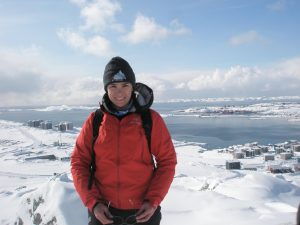
Dr Caroline Bouchard
Greenland Climate Research Centre
Greenland Institute of Natural Resources
Nuuk
Greenland
Dr Caroline Bouchard graduated from Université Laval in Québec City with a degree in Oceanography in 2014. Her research focuses on the effects of the varying climate on the populations of Arctic and Subarctic fish species, and combines different techniques and approaches to answer vital questions. As a prolific academic and researcher, Dr Bouchard has extensive experience supervising PhD and MSc students, has delivered lecture courses on Arctic marine ecosystems, and has published extensively in her field. She is currently Associate Editor for the journal Arctic Science and a member of the Ecosystem Studies of Sub-Arctic Seas (ESSAS) Scientific Steering Committee. Dr Bouchard regularly engages with outreach programmes, working to help inspire our next generation of scientists.
CONTACT
W: carolinebouchard.weebly.com
KEY COLLABORATORS
Maxime Geoffroy, Centre for Fisheries Ecosystems Research, Fisheries and Marine Institute of Memorial University of Newfoundland and Labrador, St. John’s, Canada
Hauke Flores, Alfred Wegener Institute Helmholtz Center for Polar and Marine Research, Bremerhaven, Germany
Dominique Robert, Institut des sciences de la mer, Université du Québec à Rimouski, Rimouski, Canada
FUNDING
ArcticNet (a network of Centres of Excellence in Canada)
FURTHER READING
M Geoffroy, C Bouchard, H Flores H, et al., The circumpolar impacts of climate change and anthropogenic stressors on Arctic cod (Boreogadus saida) and its ecosystem, Elementa: Science of the Anthropocene, 2023, 11(1), 00097.DOI: https://doi.org/10.1525/elementa.2022.00097
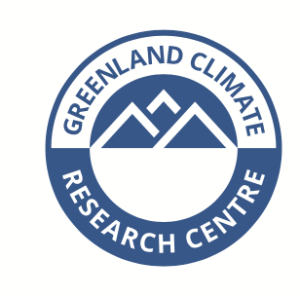
REPUBLISH OUR ARTICLES
We encourage all formats of sharing and republishing of our articles. Whether you want to host on your website, publication or blog, we welcome this. Find out more
Creative Commons Licence (CC BY 4.0)
This work is licensed under a Creative Commons Attribution 4.0 International License. 
What does this mean?
Share: You can copy and redistribute the material in any medium or format
Adapt: You can change, and build upon the material for any purpose, even commercially.
Credit: You must give appropriate credit, provide a link to the license, and indicate if changes were made.
SUBSCRIBE NOW
Follow Us
MORE ARTICLES YOU MAY LIKE
Dr Loren Babcock | Untangling the History of Jefferson’s Giant Ground Sloth
In the spring of 1796, workers mining saltpetre in a western Virginia cave unearthed several unusual bones. This would launch the scientific study of extinct animals in North America and connect one of America’s founding fathers to the early development of palaeontology. Some of these mysterious bones eventually made their way to future US President Thomas Jefferson at his Monticello estate. Dr Loren Babcock from The Ohio State University’s School of Earth Sciences has conducted an extensive review of the complex naming history of this iconic extinct animal. His research untangles over 200 years of inconsistent scientific terminology and establishes the definitive nomenclatural history of what would become known as Megalonyx jeffersonii.
Dr Mojtaba Enayati | Turning Trash into Treasure: Recycling PET Waste with Catalysts from PET Labels
Plastic pollution has become a critical environmental problem, with polyethylene terephthalate (PET) plastic widely used in food and beverage packaging being a major contributor. Dr Mojtaba Enayati from Troy University’s Center for Materials and Manufacturing Sciences (CMMS) is leading innovative research aimed at utilising the labels from PET water bottles as an environmentally friendly and cost-effective catalyst for chemically recycling PET waste into valuable monomers and other value-added materials. This innovative work provides an elegant solution for recycling PET by sourcing key components from the PET bottles themselves.
Dr Ottaviano Rüsch | Thermal Cycling and Dust Dynamics: Shaping Rocky Lunar Landscapes
The Moon’s airless surface is constantly bombarded by micrometeoroids, cosmic rays, and extreme temperature swings. These harsh conditions gradually break down rocks and create the fine-grained lunar soil known as regolith. Dr Markus Patzek and Dr Ottaviano Rüsch at the University of Münster are leading a team of researchers (known as the Precious Space Team) who are uncovering new details about how different types of lunar rocks respond to thermal stress and how dust behaves on boulder surfaces. Their work sheds light on the complex processes that shape airless planetary bodies over time.
Dr L Donald Duke | Riding the Storm: How Nature-Based Solutions Can Help Tackle Flooding in Southwest Florida
Florida grapples with mounting challenges related to inland flooding due to heavy precipitation, along with coastal flooding from rising sea levels and coastal storms. One important approach to address precipitation-originating flooding is to embrace land use practices runoff management in the upstream portions of at-risk watersheds, where sustainable design can relieve the pressures on drainage systems from continuing dense urban development in the low-lying Florida landscape. Dr L Donald Duke, from The Water School at Florida Gulf Coast University, plays a pivotal role in this endeavour. His work encompasses creating and evaluating flood-resilient land use practices and planning to manage stormwater runoff on the watershed scale.


